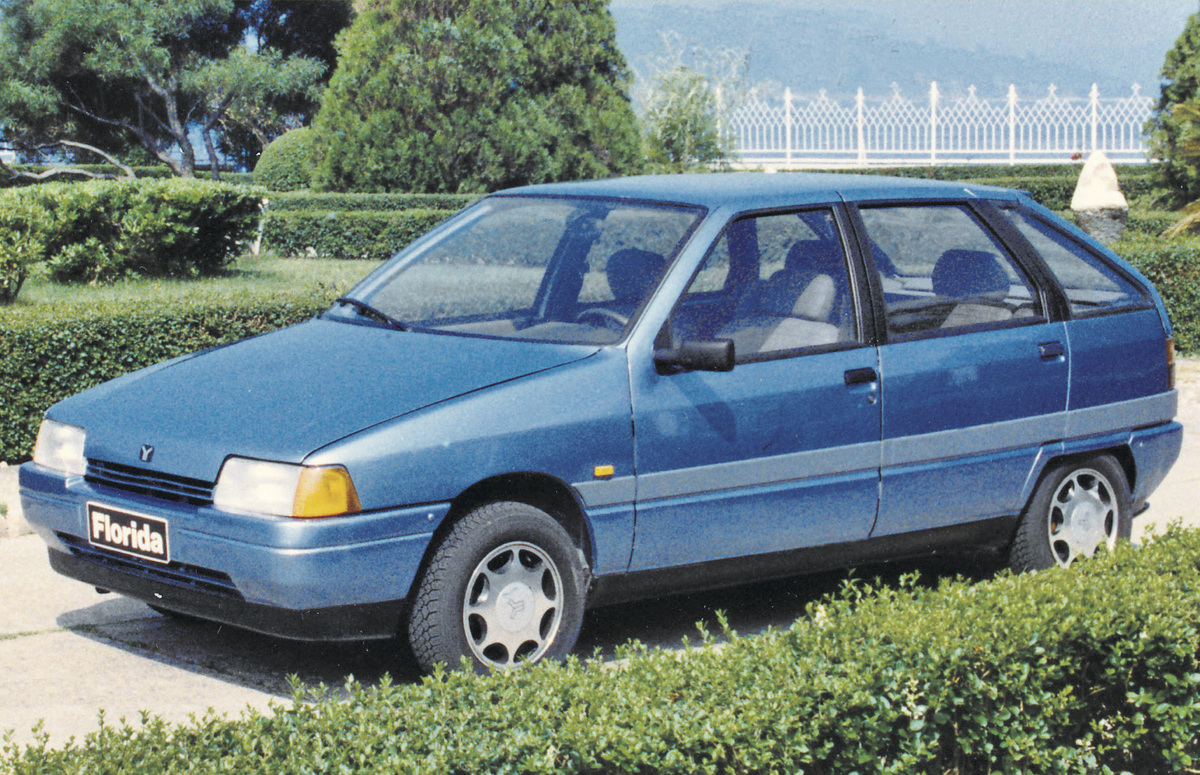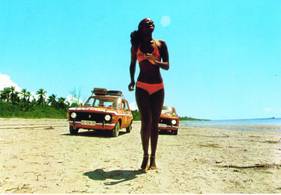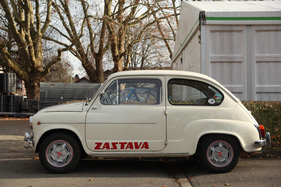Zastava 1959-2009 - Red flag for car production in Yugoslavia
Summary
There were around 10,000 car brands and designers - most of them have disappeared. One of these brands was the Yugoslavian arms and machine tool factory Crvena Zastava. They began assembling the Fiat models Campagnola 1400 and 1100 as early as 1953. Two years later, they added the Fiat 600, which was chosen by President Marshal Tito in 1959 as the national model Zastava 750. But the civil war and the disintegration of Yugoslavia also spelled doom for the Zastava, Serbia had to cede 67% of its capital to Fiat and so the last export model, the Zastava 10, became the Fiat Punto again.
Estimated reading time: 3min
Preview (beginning of the article)
From 1953, the Yugoslavian arms and machine tool factory Crvena Zastava (= Red Flag) in Kragujevac began assembling the Fiat Campagnola 1400 and 1100 models. In 1955, the rear-engined Fiat 600 small car was added, which President Marshal Tito named the Zastava 750 people's model in 1959. The Zastava 101, aka Skala, launched in 1971, was based on the Fiat 128, but featured a tailgate in the folded hatchback. Fiat prevented this attractive solution from being exported. The Zastava with the Fiat 600 body remained on offer with 750 and 850 engines until 1986. In 1980, Zastava launched its own cubically shaped small car, the Yugo. It had the front-wheel drive technology of the Fiat 127 with a 900cc engine. In 1984, it was also available with 1100 and 1300 engines, but the attempt to launch it on the US market as the Yugo ended in disaster due to a lack of quality. The Zastava aka Yugo Florida, a hatchback model in the compact class designed by Ital-Design, which replaced the Type 101 and gradually reduced the proportion of components sourced from Fiat to less than 20%, was launched in 1988 and performed much better.










